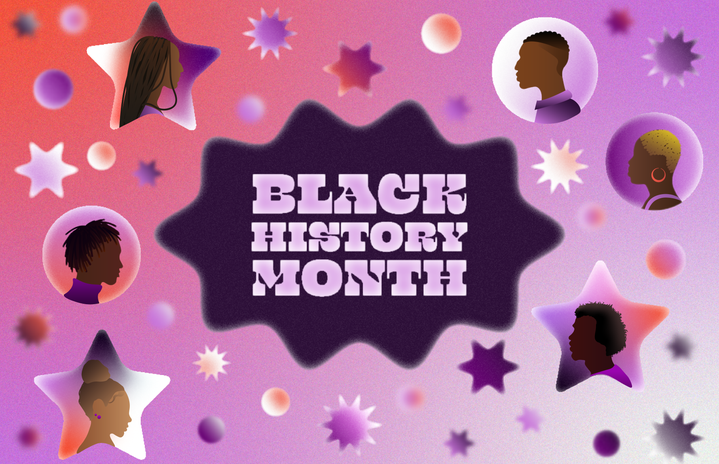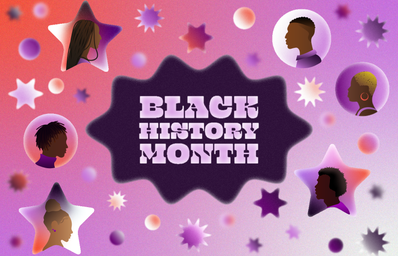As a young black woman, in the south, in America, My heritage and culture has always been restricted to being Black. The man who is my grandfather and helped raise me, Gerald Coaxum was born and raised in Mount Pleasant, South Carolina. He is rightfully so a Gullah Geechee man. He is the most giving and graceful person I know. He taught me almost everything and supports me through any and everything. As my Papa, Gerald Coaxum would say, You need to know where you come from in order to know where you are going. I decided to dedicate an article to him, about OUR culture and family history.
By definition, The Gullah Geechee people are descendants of Africans who were enslaved on the rice, indigo and Sea Island cotton plantations of the lower Atlantic coast. Many came from the rice-growing region of West Africa. What makes the Gullah Geechee people special is that on these rice growing plantations there was little to no supervision from white slave owners. Which in turn allowed the African people who were held captive to adapt and create their own language, without assimilating much, which is still spoken today. Gullah is the creole language spoken in South Carolina specifically Charleston and in Georgia specifically Savannah.
To me, the Gullah Geechee culture is the most important in black history because it shows no matter how far, we always prevail, and bring our roots with us. As well as telling the hardships of our community, culture and ancestors. Gullah Geechee people are connected to the
People of modern day Sierra Leone. The cultural things that linked the Gullah Geechee descendants to Sierra Leone is the creole language, which is similar to Sierra Leone Krio, and most reputably the handicrafts, like the baskets and carved walking sticks as well as, cuisine centered around rice.
The Matriarch of the Coaxum family, is Bea Coaxum. She has been basket weaving since she was six years old. Success and excellence just might be genetic, she has been awarded multiple times and been recognized by Jimmie Carter, former president of the United States of America as well as his wife, Rosalynn Carter. Her baskets are also displayed in the Smithsonian Institution Museum of American History. She is an example of passing down her culture throughout her life and creating a legacy. Basket weaving in Gullah culture is very important, the coiled sweetgrass baskets are historically significant African art. Originally made out of bulrush, sweetgrass and split oak. The art is usually learned from childhood and passed down from generation to generation, it requires great patience and creativity. The sweetgrass baskets can be used as beautiful decorations but are very durable in use and will last indefinitely with minimal care.
Being raised by a Gullah Geechee man taught me so much and he has instilled very important values and morals in me.I am grateful to be able to embrace and be knowledgeable about my culture. I am honored to be able to share my family achievements, history, and thankful for all those who came before me


